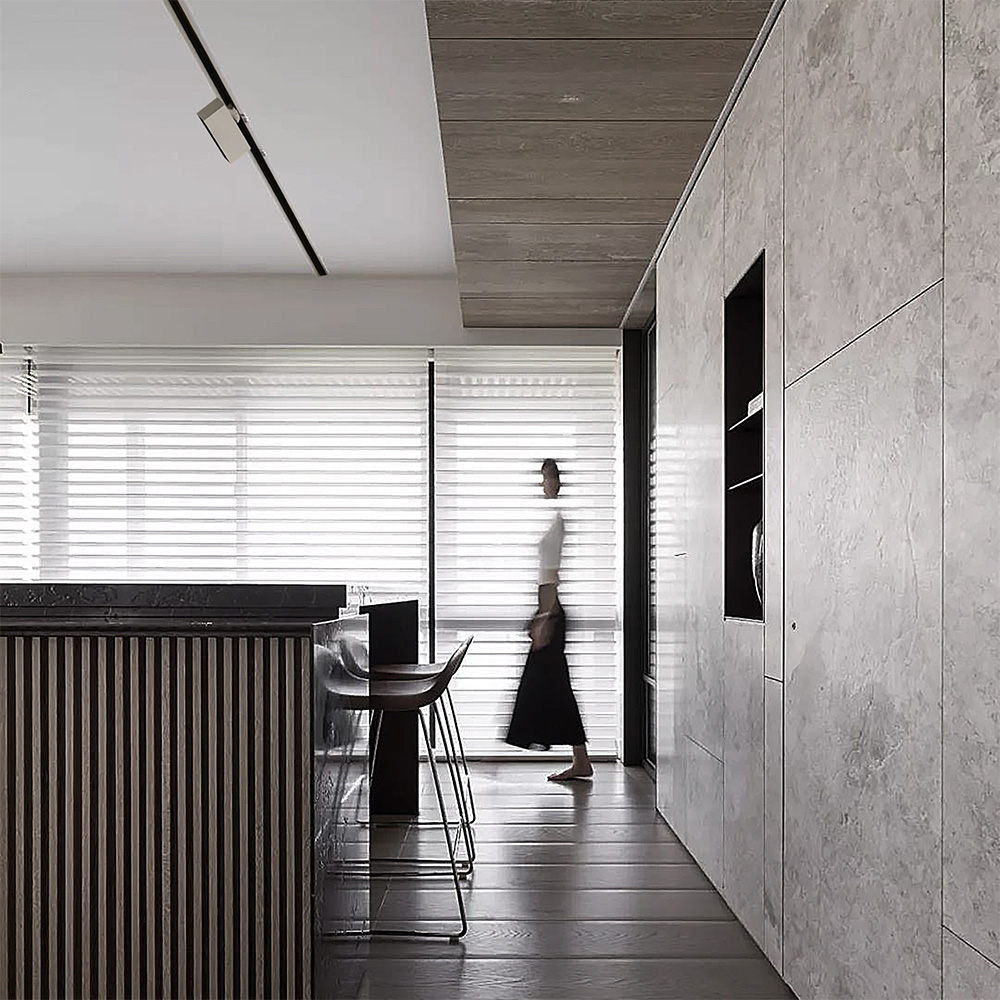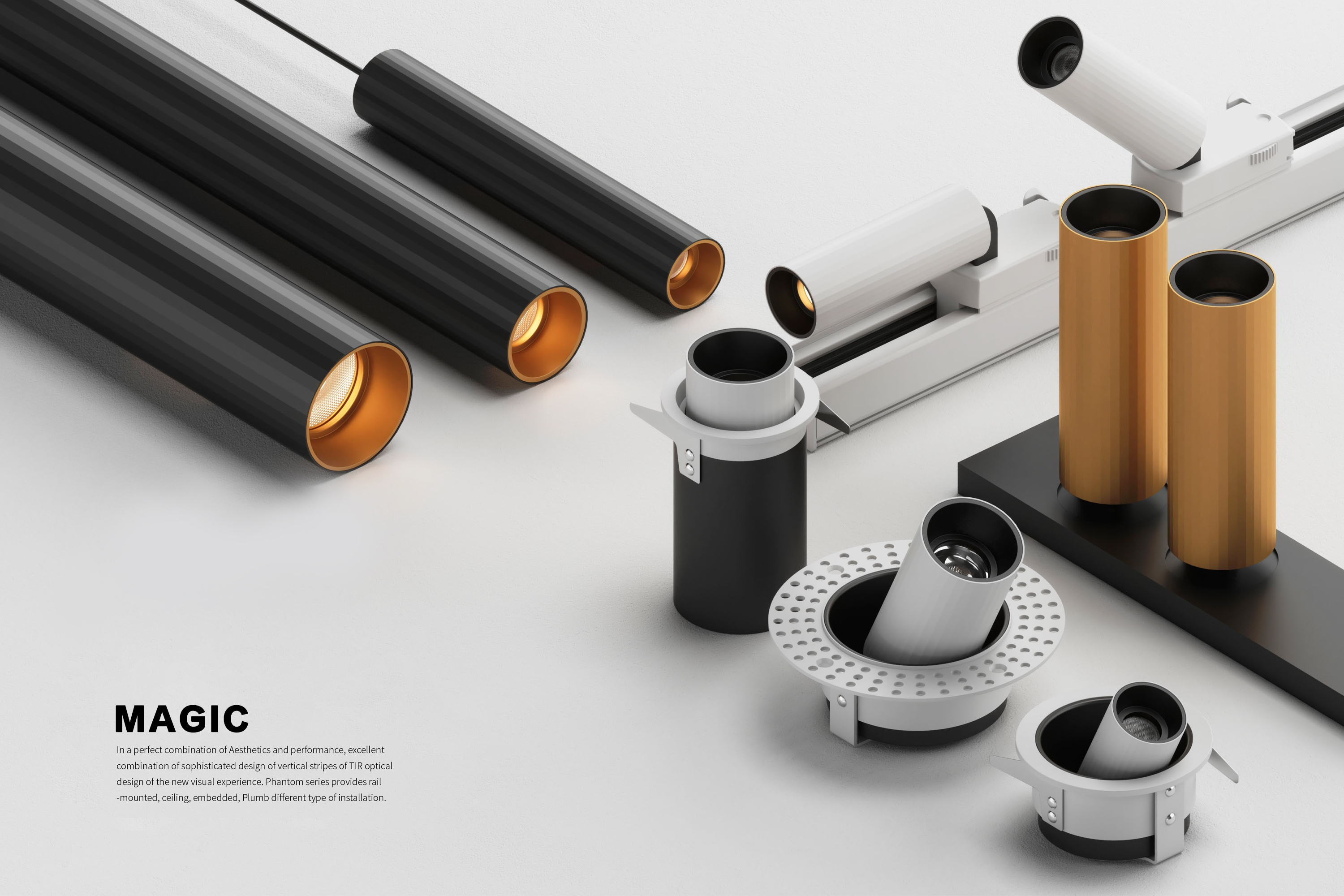Though investors hope that the clinical hold over Beam’s BEAM-201 will not be protracted, the FDA’s stance, revealed in a regulatory filing yesterday, will remind them of the complexity of the company’s Car-T approach. BEAM-201 uses a C-to-T base editor to introduce not one but four edits to donor-derived T cells, before employing a lentivirus to induce expression of an anti-CD7 Car. The base edits silence the endogenous T-cell receptor (TCR), to yield an allogeneic product; CD7, to eliminate fratricide; PD-1, to boost potency; and CD52, to yield immunity to Campath. Beam argues that base editing is more precise than Crispr, and less prone to causing deleterious chromosome changes – though concerns over this are precisely what prompted the FDA to put BEAM-201’s IND application on hold. The SEC filing reveals that the agency requested data from genomic rearrangement assessments and analyses of off-target editing experiments. A related approach, Gracell’s GC027, knocks out TCR and CD7 using Crispr, and yielded promising early data in 2020. Beam, with its $3.8bn valuation, has yet to do any clinical work: the first trial of its lead asset, BEAM-101 for sickle cell disease, has not started dosing.
Evaluate HQ 44-(0)20-7377-0800 White Track Light

Evaluate Americas +1-617-573-9450

Rail Track Lighting Systems Evaluate APAC +81-80-1164-4754